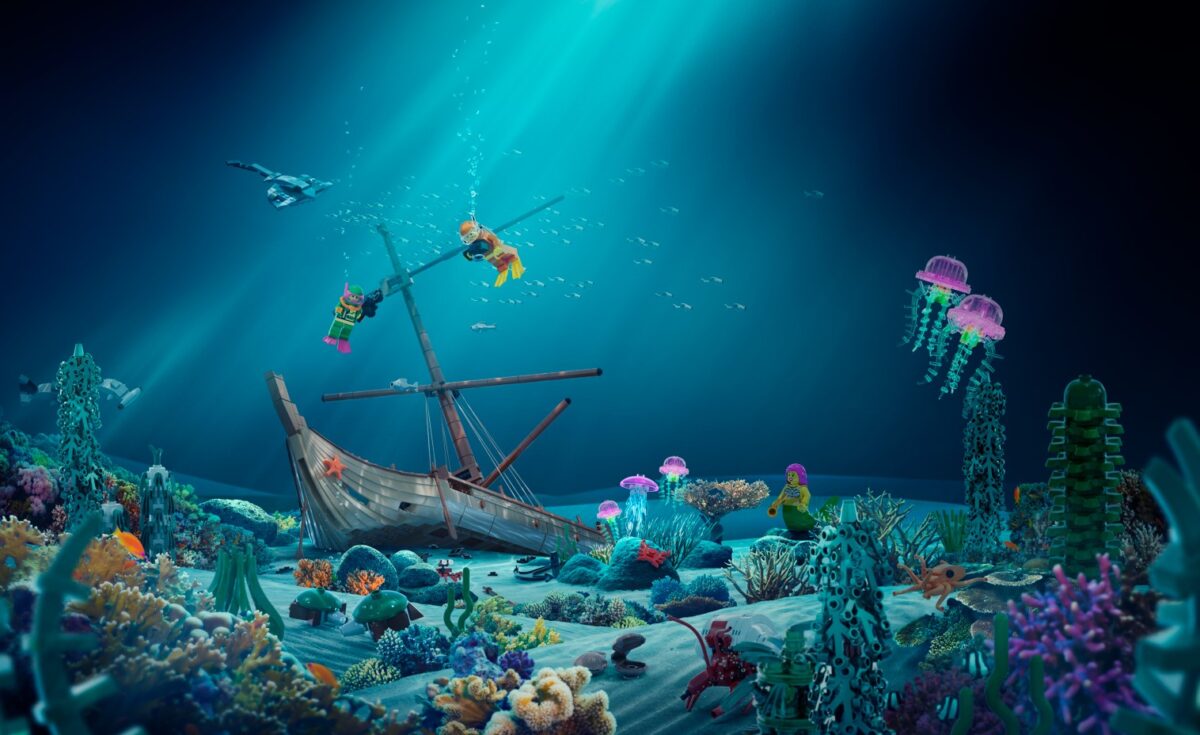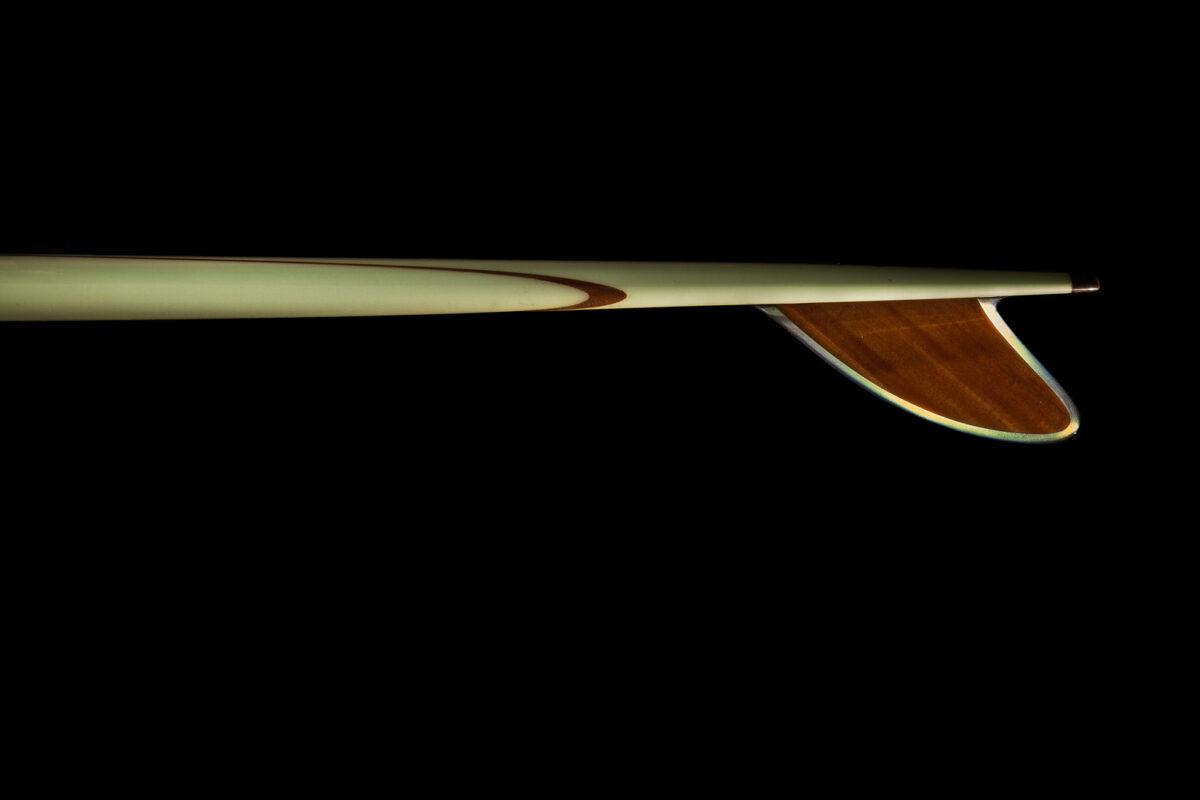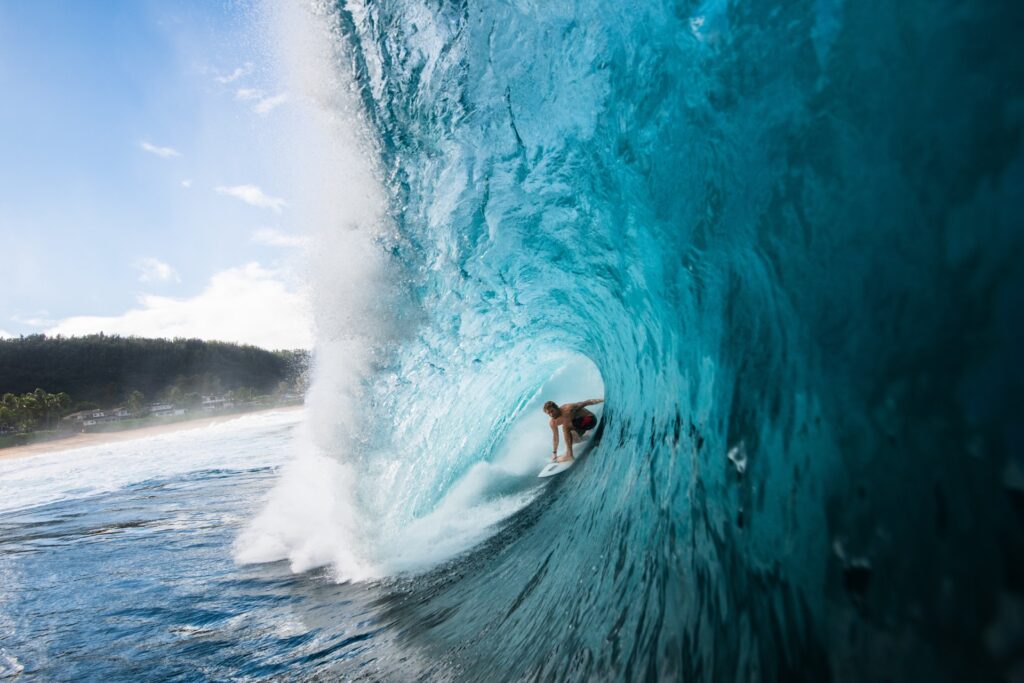BRICKWRECKS
Sunken Ships in LEGO® Bricks
Opening March 28, 2026
Stillman Building
Historic and modern shipwrecks tell incredible stories of exploration, trade, tragedy, and discovery. Brickwrecks: Sunken Ships in LEGO® Bricks brings those stories to life through an extraordinary blend of LEGO® models, real artifacts, and hands-on experiences. Mystic Seaport Museum is the first American venue for this exhibition, developed by the Australian National Maritime Museum in partnership with the Western Australian Museum and Ryan “The Brickman” McNaught—one of only 14 LEGO® Certified Professionals in the world.
In this family-friendly exhibition, you will marvel at eleven stunning LEGO® models that explore eight remarkable shipwrecks spanning centuries of maritime history, from the Bronze Age trading vessel Uluburun to the modern container ship Rena. The exhibit includes cutaways and reconstructions of the Vasa, Titanic, and Franklin’s ill-fated Arctic expedition ships Terror and Erebus. Interactive stations invite you to capsize the Vasa, pilot an ROV (remote operated vehicle) beneath the ice, test whether you would have survived the Titanic disaster, clean oil from a penguin, and build your own LEGO® creations. Replica objects from the Batavia, archaeological tools, and multimedia displays connect LEGO® artistry with the real work of maritime archaeology.
Brickwrecks is both playful and profound, revealing how shipwrecks help us understand people, technology, trade, and the environment across centuries. The exhibition is currently on display in the UK at the Historic Dockyard Chatham and was shown previously at the Vasa Museum in Stockholm.
Shipwrecks
The Uluburun, a Bronze Age trading vessel wrecked off the coast of Turkey, carried prized and varied cargo that helps us imagine the interconnected world of the ancient Mediterranean. LEGO® models recreate the sloping wreck site with its cargo strewn across the seabed, and the docked vessel being loaded in a bustling port. Visitors can solve the mystery box riddle to discover how the wreck was first found and play the touchscreen game “Get the Goods” to trace the far-flung origins of its cargo.
Around 1323, the Chinese cargo ship Shinan sank off Korea while sailing to Japan. A LEGO® cutaway model reveals the ship’s bulkhead construction—an Asian innovation used long before Europeans adopted it—and the wide variety of goods it carried. Visitors can help date the wreck by identifying Chinese coins found on board and then build their own LEGO® ship, choosing between European or Asian design styles.
Commissioned by the King of Sweden for the Royal Swedish Navy, the warship Vasa capsized in Stockholm harbor on its maiden voyage in 1628 due to serious design flaws. Visitors can experiment with a LEGO® model that capsizes at the turn of a wheel or try to load the ship’s cannons without upsetting its balance. Other highlights include a LEGO® model of the Vasa’s 1961 salvage, footage of its discovery and conservation, and a life-like reconstruction of “Gustav,” a crew member whose face was recreated from skeletal remains.
The Dutch East India Company’s Batavia wrecked off Western Australia in 1629, leading to a violent mutiny among the survivors. A LEGO® model shows the ship under sail and scenes of life below decks, while a kiosk with timelapse photos documents Brickman Ryan McNaught’s building process. Visitors can explore how archaeologists have depicted the wreck in engravings, stereoscopes, and modern 3D holograms, and learn how they identified a stone portico for a castle that the ship carried as cargo. Replica artifacts, including a “beardman” jug and coins, bring the story to life, along with interviews with archaeologists who continue to study the wreck.
Sent to capture the Bounty mutineers, Pandora wrecked on the Great Barrier Reef in 1791. A LEGO® model of the wreck site, paired with augmented reality on smartphones and iPads, allows visitors to follow divers, see their study sketches and photos, and view a 3D reconstruction of the ship before it sank. A scale model from the National Maritime Collection shows what remains buried beneath the seabed, while objects from the wreck and interactive scans of concreted lumps reveal hidden artifacts. Visitors can even “excavate” a virtual shipwreck to uncover clues about which vessel they’ve discovered.
The expedition ships Terror and Erebus, part of Sir John Franklin’s ill-fated search for the Northwest Passage, were trapped in Arctic ice in 1846 and remained undiscovered until 2014. LEGO® models depict the vessels locked in a frozen seascape, alongside a life-sized LEGO® replica of the Falcon ROV (remote operated vehicle) used in the search. Visitors can try piloting an ROV simulator to photograph Erebus, view a scale model of the remarkably preserved wreck on loan from Parks Canada, and examine a real Deep Trekker ROV housing. The story is deepened through Inuit oral histories, shared by researcher Dave Woodman, and actual video footage from inside the Terror.
The Titanic, the world’s most famous luxury liner, sank on its maiden voyage in 1912 after striking an iceberg. A dramatic LEGO® model shows the ship’s bow plunging vertically into the depths, while an interactive touchscreen illustrates how the vessel broke apart as it sank. Visitors can scan a QR code to test whether they would have survived the sinking, with results depending on age, gender, and ticket class, and design and build their own LEGO® lifeboat.
In 2011, the container ship Rena struck a reef off New Zealand, spilling oil and cargo in what became the nation’s worst maritime environmental disaster. A LEGO® model depicts the vessel breaking apart on the reef, while interactive activities invite visitors to clean oil from a penguin and build their own penguin from DUPLO™ bricks. A playful touch features an octopus playing with a DUPLO™ submarine, while real LEGO® pieces recovered from Cornish beaches following a container spill connect the exhibition to modern environmental challenges.





